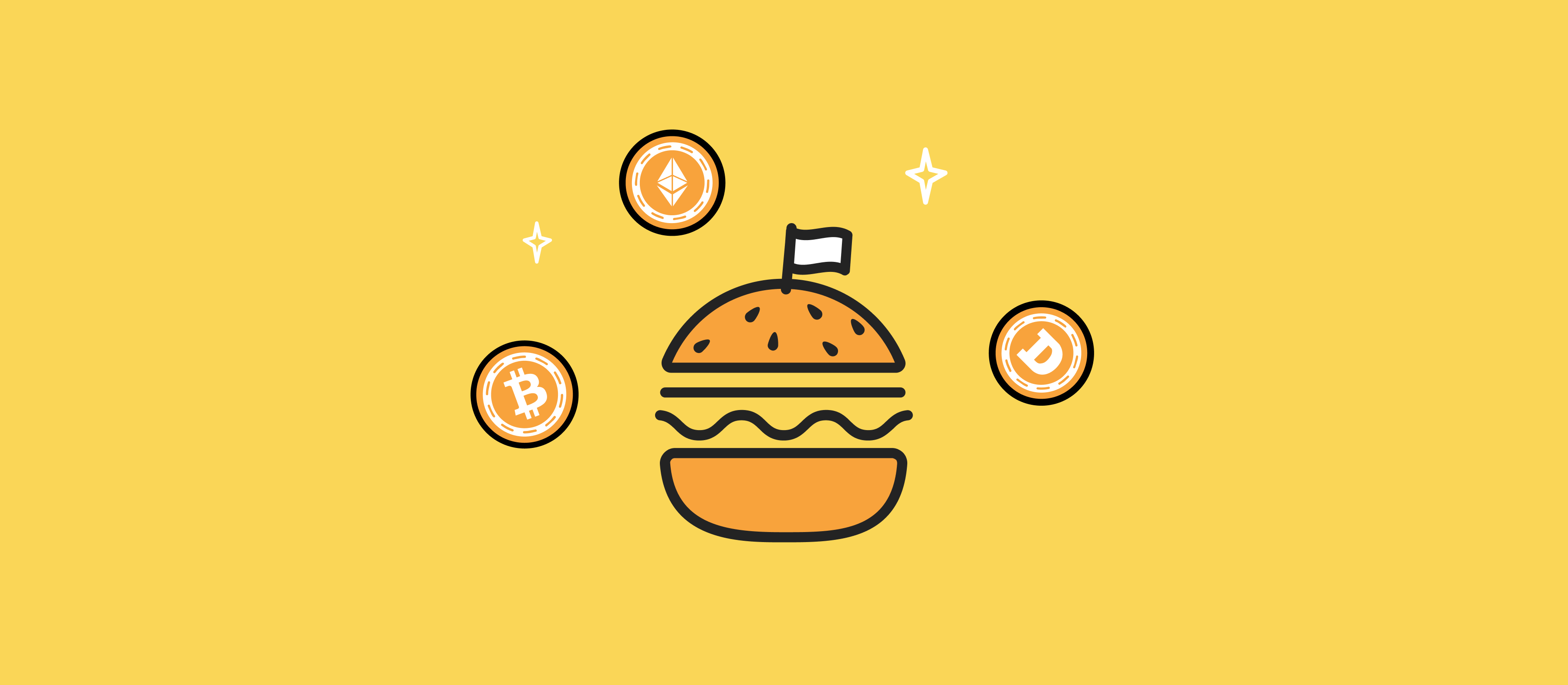In April 2025, the U.S. World Food Programme (WFP USA) made headlines by accepting Bitcoin, Dogecoin, and over 80 other cryptocurrencies as donations. Unveiled on April 9, 2025, this bold move aims to collect $25 million for the “Emergency Hunger Relief Fund” to assist more than 58 million people battling food insecurity worldwide. By embracing crypto donations, WFP USA is harnessing the booming cryptocurrency market to optimize fundraising, reduce costs, and engage a diverse donor base. This SEO-optimized piece examines the initiative’s importance, how it operates, and its potential to reshape global hunger relief.
Why Crypto Matters to WFP USA
Incorporating Bitcoin, Ethereum, USDC, Dogecoin, and niche tokens like ApeCoin and BONK demonstrates WFP USA’s creative approach to humanitarian aid. X chatter emphasizes that crypto donations cut transaction fees and hasten fund delivery compared to traditional systems. With Bitcoin topping $109,000 in January 2025 (Investopedia), this aligns with the global rise of digital assets. Adopting blockchain technology updates WFP USA’s methods and attracts donors who favor cryptocurrencies over fiat currencies.
The timing is urgent. Over 58 million people face acute hunger due to conflicts, climate disruptions, and economic woes, and the “Emergency Hunger Relief Fund” targets swift aid delivery. Crypto minimizes the hefty fees of international transfers, ensuring more resources reach those in need faster.
How to Donate Crypto to WFP USA
Contributing via crypto donations is user-friendly. WFP USA partners with a secure payment processor supporting over 80 cryptocurrencies. Donors can visit the WFP USA website, choose a token like Bitcoin or Dogecoin, and send it from their crypto wallets. Blockchain’s openness ensures transparency and security throughout the process.
For those unfamiliar with cryptocurrency, WFP USA offers guides on setting up wallets and buying tokens on platforms like Binance or Coinbase, both thriving in 2025. This inclusivity opens the door to seasoned crypto investors and beginners alike, broadening support for the cause.
Crypto’s Role in Fighting Hunger

Integrating Bitcoin and Dogecoin could transform WFP USA’s aid efforts. Blockchain’s low-fee, rapid transactions mean more funds go directly to relief efforts. A $100 BTC donation, for instance, sidesteps traditional banking costs, amplifying support for families in crisis. X users like @ThuanCapital call this efficiency revolutionary, enabling quick responses to emergencies.
The $25 million goal reflects the campaign’s ambition. If achieved, it might encourage other organizations to adopt cryptocurrency donations, boosting blockchain’s impact on charity. Including trending coins like Dogecoin, linked to Elon Musk, could also ignite viral backing from meme coin communities.
Why This Is Big in 2025
With crypto adoption surging—Vietnam leading globally per Coin68—WFP USA’s strategy taps into a key trend. The cryptocurrency market offers nonprofits untapped opportunities, merging tech innovation with social good. Accepting Bitcoin and Dogecoin diversifies funding and positions WFP USA as a pioneer in humanitarian efforts.
Conclusion
Since April 2025, WFP USA’s embrace of crypto donations heralds a digital shift in aid. Using Bitcoin, Dogecoin, and over 80 tokens, it seeks $25 million to feed 58 million people. For crypto supporters, it’s a call to action—donate now and help tackle global hunger!

